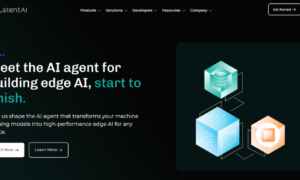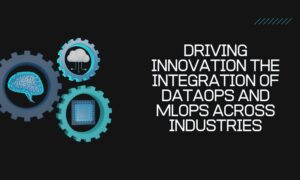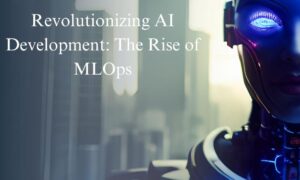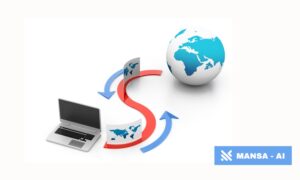Machine learning has become an essential tool for many industries looking to harness the power of artificial intelligence. However, getting machine learning models from experimental phases to production can be a challenging task. This is where MLOps, a growing field combining machine learning with DevOps, comes into play. Rajeev Reddy Chevuri’s work sheds light on how MLOps can bridge the gap between research and real-world deployment of AI systems, paving the way for scalable, sustainable, and effective machine learning operations. In this article, we explore some of the most impactful innovations in MLOps and how they are transforming AI deployments globally.
Closing the Gap Between Development and Deployment
One of the central challenges in machine learning is the “data science-production gap.” Data scientists often work in controlled environments focused on model accuracy and performance, while production environments demand reliability and scalability. MLOps is built to address this disconnect by integrating automation, monitoring, and continuous integration to bring consistency and efficiency. Automation, for example, has dramatically reduced deployment time, allowing machine learning models to go from months to mere days, improving the speed of iteration and the quality of models delivered.
This approach is vital, as research shows that organizations implementing MLOps practices experience five times faster deployment times and double the performance of their models. It’s no wonder that 91% of companies are increasing their investment in MLOps as they recognize its potential in delivering reliable AI systems faster and more efficiently.
The Role of Cloud Infrastructure in Scalable Machine Learning
Cloud platforms have become the backbone of scalable MLOps, offering flexibility and computing power necessary for machine learning workloads. One of the key benefits is the on-demand availability of powerful hardware, such as GPUs and TPUs, which is essential for training complex models without requiring large upfront investments in physical infrastructure.
Cloud-based systems also allow machine learning projects to launch up to three times faster compared to traditional, on-premise setups. The ability to scale computational resources based on demand ensures that machine learning projects can be both agile and cost-effective, accommodating fluctuating needs for processing power.
Kubernetes: Orchestrating the Future of AI Workloads
As machine learning models grow in complexity, orchestration becomes crucial for managing distributed workloads. Kubernetes has emerged as the gold standard for container orchestration, providing a powerful framework for automating the deployment, scaling, and management of containerized applications.
For machine learning applications, Kubernetes offers significant advantages, including enhanced resource utilization and automated failure recovery. By enabling auto-scaling and load balancing, Kubernetes ensures that machine learning models can handle increased demands without compromising on performance.
Streamlining Model Deployment with Continuous Integration
Continuous Integration and Continuous Deployment (CI/CD) pipelines have revolutionized how machine learning models are delivered. With automated workflows in place, organizations can achieve faster and more reliable model deployments. MLOps frameworks adapt traditional CI/CD principles to the machine learning environment, enabling automated testing, model validation, and integration, all of which drastically reduce manual intervention.
Managing Scalability with Auto-scaling Solutions
A key challenge for machine learning systems is managing workloads that vary significantly over time. Auto-scaling is a critical strategy for addressing this issue. Whether it’s scaling horizontally by adding more instances or scaling vertically by allocating more resources to existing instances, MLOps practices ensure that machine learning systems can handle fluctuating demands efficiently.
A Path to Sustainable AI
MLOps has proven to be a transformative force in the development and deployment of machine learning models. Through the integration of cloud infrastructure, containerization, orchestration, and continuous integration, MLOps empowers organizations to overcome significant barriers in AI deployment. By automating critical aspects of the machine learning lifecycle, MLOps ensures models are not only more reliable but also delivered faster, at lower costs, and with greater scalability.
In conclusion,The principles of MLOps provide a foundation for the future of AI, making machine learning systems more accessible and sustainable across industries. As Rajeev Reddy Chevuri highlights, adopting these practices can drastically improve deployment outcomes, ensuring that machine learning models continue to deliver value long after they are deployed into production.



































